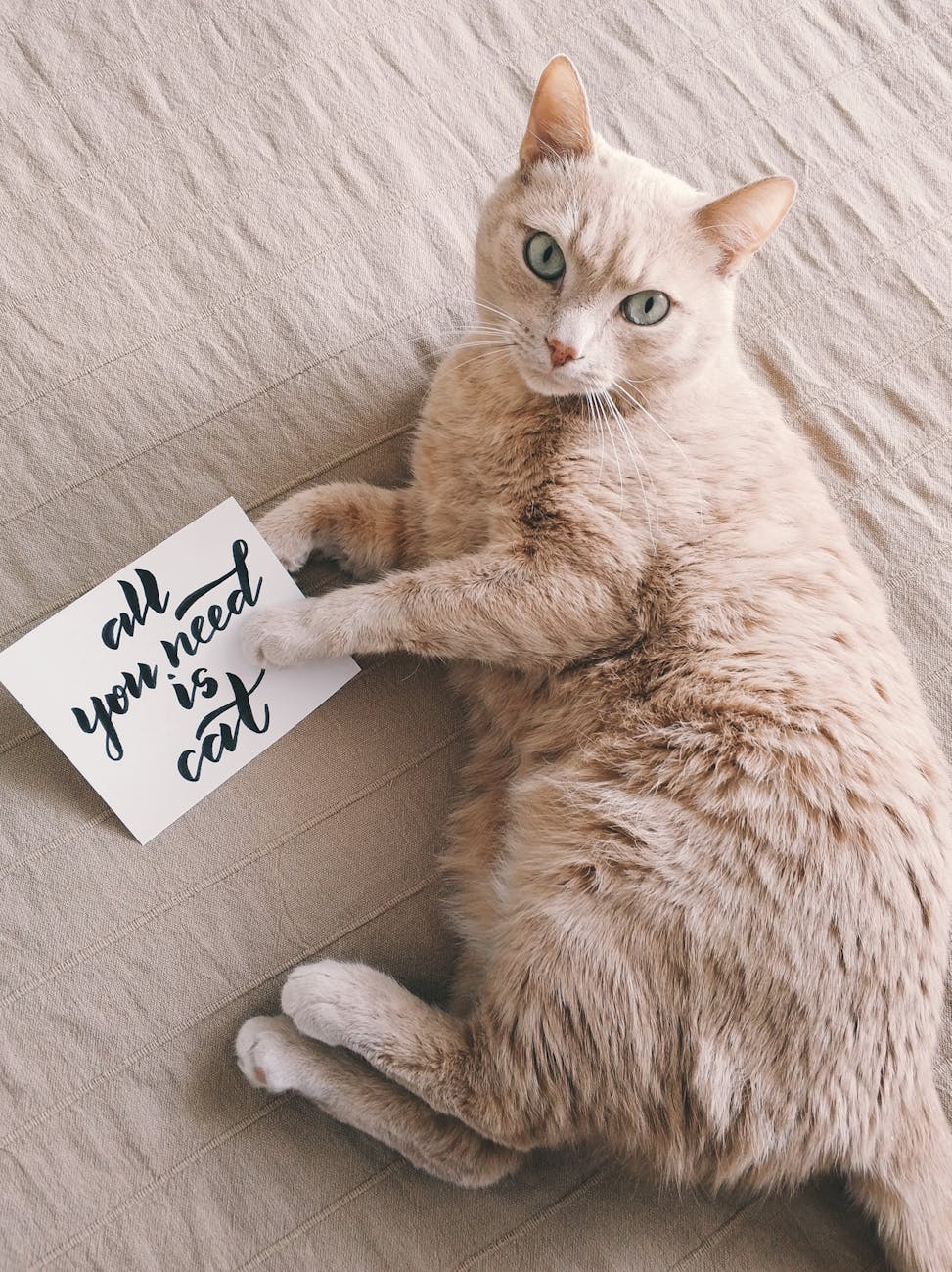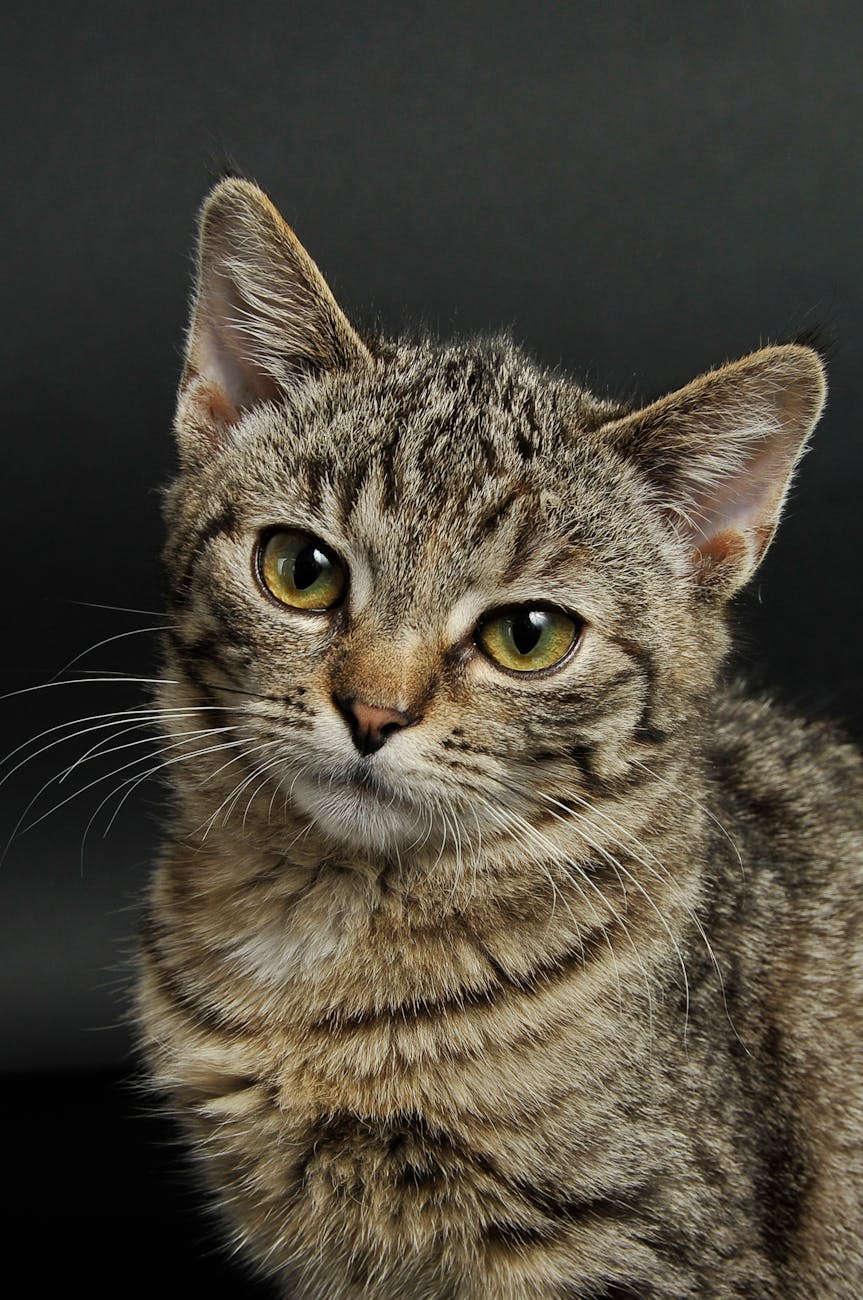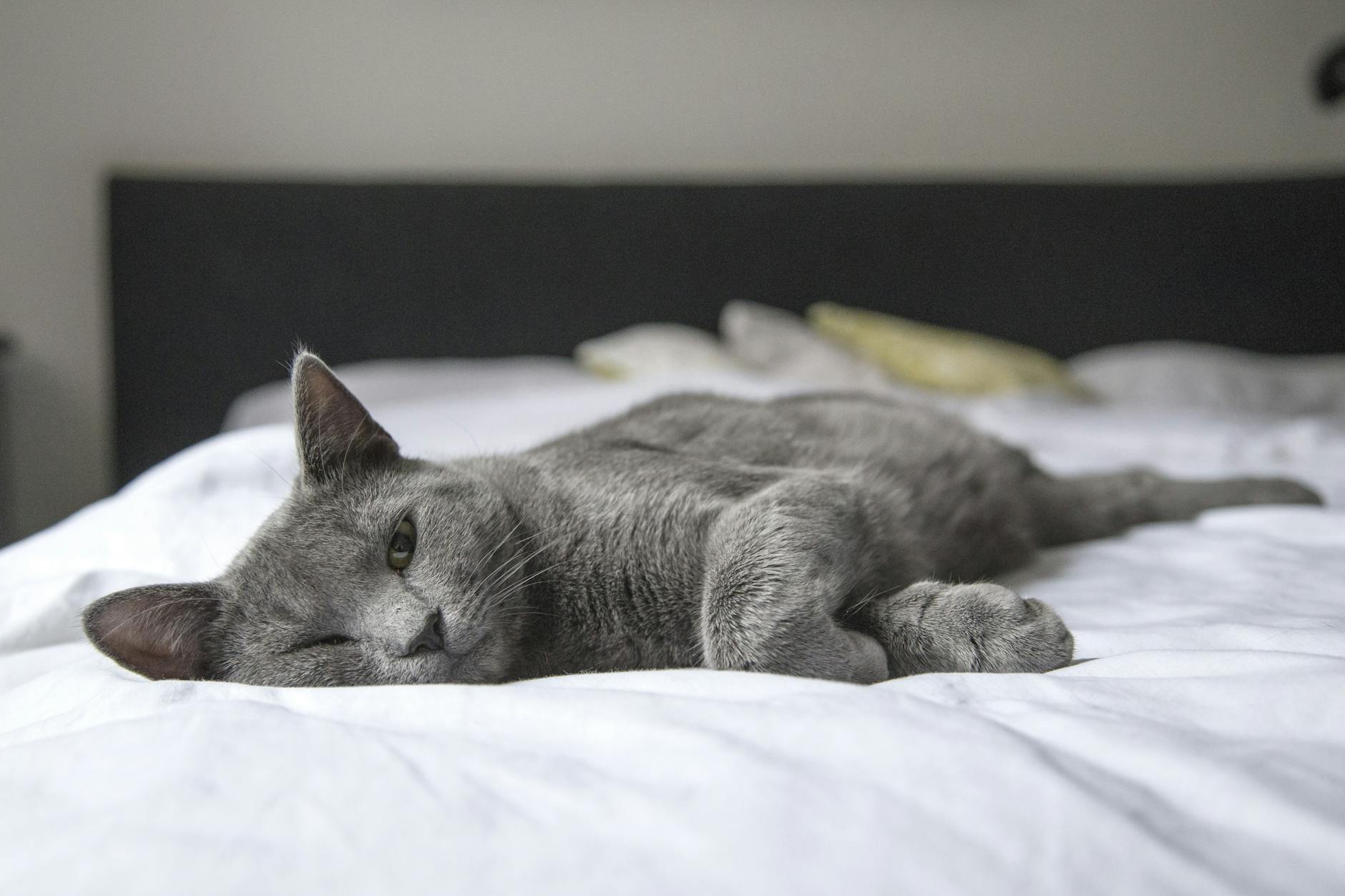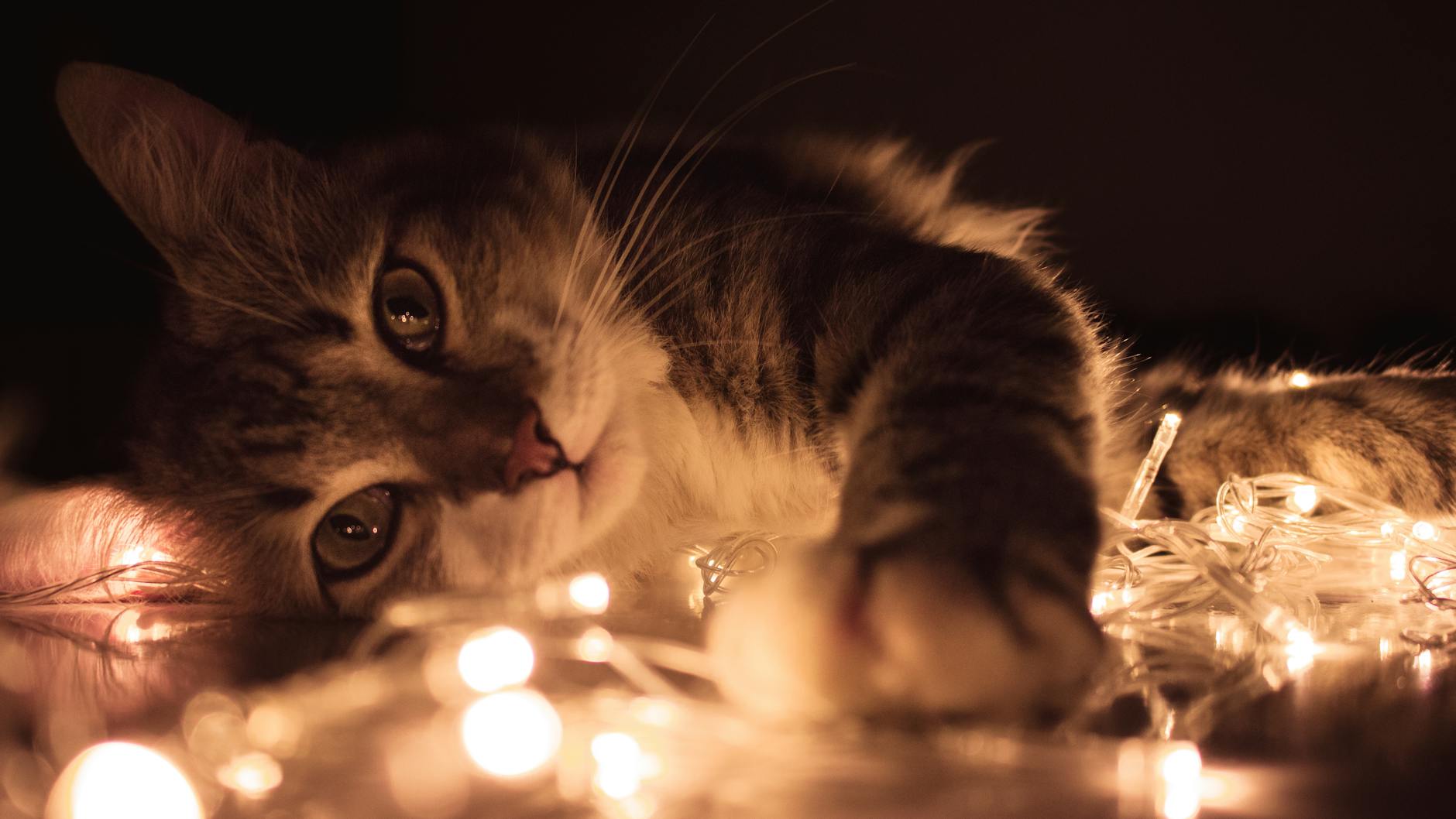Cat owners often face the concerning situation of cat vomiting white foam, leaving many puzzled about the underlying reasons. Understanding the causes can help in identifying whether it’s a minor issue or something more serious. Various factors, such as dietary changes, stress, or health conditions, can contribute to this behavior. In this article, we’ll explore the common causes of white foam vomiting in cats, when to seek veterinary care, and effective treatment options available. By recognizing the signs and implementing the right preventive measures, you can ensure a healthier life for your feline friend.
Understanding Cat Vomiting: An Overview
Cat vomiting white foam can be alarming for pet owners. It’s crucial to grasp what this symptom signifies and what might cause it. Here are key points to keep in mind:
- Normal Behavior: Occasional vomiting can be normal for cats, often due to hairballs or rapid eating.
- Symptoms: Vomiting white foam typically indicates that your cat has an empty stomach. This foam may emerge from the esophagus, mixing with bile.
- Underlying Causes: Various factors can trigger this symptom:
- Dietary changes: Switching food suddenly can upset your cat’s stomach.
- Gastrointestinal issues: Conditions like gastritis or intestinal blockage could lead to vomiting.
- Toxins: Ingesting harmful substances may also induce vomiting.
When witnessing your cat vomiting white foam frequently, consider these potential causes and monitor your pet’s overall health. Frequent episodes warrant a visit to the veterinarian to rule out serious health issues. Understanding these basics will empower you to respond appropriately and ensure your cat’s well-being.

Common Causes of White Foam Vomiting in Cats
When you notice your cat vomiting white foam, it’s essential to understand the potential triggers. Various factors can lead to this unsettling symptom. Here are some common causes:
- Hairballs: Cats frequently groom themselves, leading to hair ingestion, which may cause hairballs that manifest as vomited white foam.
- Empty Stomach: When a cat’s stomach is empty, bile can irritate the lining, resulting in white foamy vomit.
- Dietary Changes: Sudden shifts in food can upset a cat’s digestive system, leading to cat vomiting white foam.
- Gastrointestinal Issues: Conditions such as gastritis or inflammatory bowel disease can irritate the stomach, causing foam vomiting.
- Ingesting Toxins: Consuming harmful substances, including certain plants or chemicals, can result in severe gastrointestinal distress, often presenting as white foam.
| Cause | Description |
|---|---|
| Hairballs | Vomiting caused by hair accumulation |
| Empty Stomach | Bile irritation when not enough food is present |
| Dietary Changes | Upset stomach from sudden food adjustments |
| Gastrointestinal Issues | Conditions causing inflammation and irritation |
| Ingesting Toxins | Harmful substances leading to gastrointestinal upset |
Identifying the reason behind cat vomiting white foam can help you take appropriate action.
When to Be Concerned: Signs of Serious Conditions
While cat vomiting white foam can occur for various benign reasons, it is crucial to recognize when it signals a more serious health issue. Look out for the following warning signs:
- Persistent vomiting: If your cat experiences multiple episodes of vomiting white foam in a short period, it may indicate an underlying problem.
- Lethargy: A noticeable decline in energy or unresponsiveness can signify health concerns that require immediate attention.
- Loss of appetite: If your cat refuses food for more than 24 hours, it can lead to further complications.
- Weight loss: Sudden or unexplained weight loss is a significant red flag indicating potential medical issues.
- Abdominal pain: If your cat exhibits signs of discomfort or pain when you touch its abdomen, consult a veterinarian right away.
- Diarrhea: Accompanying diarrhea, especially if it’s severe or bloody, warrants prompt veterinary evaluation.
Recognizing these symptoms is vital. Early detection and treatment can make a significant difference in your cat’s health, especially with conditions associated with cat vomiting white foam.
Home Remedies for Managing Cat Vomiting
When faced with the distressing sight of your cat vomiting white foam, it’s crucial to act promptly. While consulting a veterinarian is always advisable, you can try these home remedies to manage the situation:
Hydration: Ensure your cat stays well-hydrated. Offer fresh water and consider an electrolyte solution designed for pets.
Bland Diet: Introduce a bland diet, such as boiled chicken or rice, to soothe your cat’s stomach. Gradually reintroduce their regular food after symptoms improve.
Frequent Smaller Meals: Instead of one or two large meals, feed your cat smaller portions throughout the day. This helps prevent an empty stomach, which can trigger cat vomiting white foam.
Ginger: Some cats benefit from a small amount of ginger. It has natural anti-nausea properties that may calm their digestive system.
Pumpkin Puree: Plain canned pumpkin is high in fiber and can help regulate your cat’s digestion.
Always observe your cat’s behavior and symptoms. If the cat vomiting white foam persists for more than 24 hours, or if you notice signs of distress, contact your veterinarian for further guidance. Remember, timely intervention can make all the difference in your cat’s health.

Veterinary Treatments for Cats with Vomiting Issues
When dealing with cat vomiting white foam, it’s crucial to consult a veterinarian, especially if the vomiting persists. A vet can perform a thorough examination and provide tailored treatment options. Here’s what to expect:
Diagnostic Tests:
- Blood Tests: Check for infections, dehydration, or organ dysfunction.
- X-rays or Ultrasounds: Identify obstructions or abnormalities in the gastrointestinal tract.
Medication: Your vet might prescribe:
- Anti-nausea medication: Helps reduce vomiting and stabilize your cat.
- Antacids or Proton Pump Inhibitors: These can soothe the stomach lining and reduce acid production.
Dietary Management:
- Transition to a prescription diet designed for sensitive stomachs.
- Gradually introduce a bland diet to minimize irritation.
Hydration Therapy: If your cat is dehydrated from vomiting, the vet may recommend:
- Subcutaneous fluids: Administered at the clinic or at home.
- Intravenous fluids: For severe cases requiring immediate attention.
Taking prompt action by seeking veterinary care ensures your feline friend receives the necessary treatment for cat vomiting white foam, enhancing their recovery and overall well-being.
Preventive Measures to Keep Your Cat Healthy
To minimize the chances of cat vomiting white foam, implementing preventive measures can significantly enhance your cat’s overall health. Here are some effective strategies:
Balanced Diet:
- Ensure your cat receives high-quality, age-appropriate food.
- Consult your veterinarian to choose the right diet.
Regular Feeding Schedule:
- Establish a consistent feeding routine.
- Avoid free-feeding to prevent overeating.
Hydration:
- Provide fresh, clean water at all times.
- Consider a water fountain to encourage drinking.
Avoid Stress:
- Create a calm environment free from loud noises and disturbances.
- Use calming pheromones if your cat is prone to anxiety.
Routine Veterinary Visits:
- Schedule annual check-ups to catch any potential health issues early.
- Discuss any changes in behavior or new symptoms, including cat vomiting white foam.
Regularly observing your cat’s behavior and health can help you identify problems before they escalate. By prioritizing these preventive measures, you can promote a healthy lifestyle for your feline friend and reduce the risk of cat vomiting white foam.
Dietary Changes to Prevent Vomiting
Preventing cat vomiting white foam often starts with dietary adjustments. Here are some effective strategies:
High-Quality Diet: Choose a premium cat food that is rich in nutrients and easily digestible. Look for options specifically formulated for sensitive stomachs.
Frequent Small Meals: Instead of three large meals a day, offer smaller portions more frequently. This approach helps in minimizing the chances of your cat eating too quickly, which can lead to vomiting.
Hydration: Always ensure your cat has access to fresh water. Dehydration can exacerbate vomiting, including episodes of cat vomiting white foam.
Slow Feeders: Consider using slow feeder bowls. These specialized dishes encourage your cat to eat more slowly, reducing the risk of regurgitation.
Monitor Treats: Be cautious with treats. Opt for healthy, low-fat snacks and limit their frequency to avoid upsetting your cat’s stomach.
By implementing these dietary changes, you can help maintain your cat’s overall health and reduce instances of cat vomiting white foam. Always consult your veterinarian before making significant changes to your pet’s diet.

Conclusion: Caring for Your Vomiting Cat
Caring for a cat vomiting white foam can be challenging, but understanding the situation is key. Here are some essential steps to ensure your furry friend stays healthy:
Monitor Symptoms: Keep an eye on the frequency of vomiting. If it happens occasionally, it might not be a concern. However, if it persists, seek veterinary advice.
Provide Fresh Water: Ensure your cat remains hydrated. Dehydration can quickly follow episodes of vomiting, including cat vomiting white foam.
Adjust Diet: Consider transitioning to a sensitive stomach formula or smaller, more frequent meals. This can help prevent the buildup of bile, which may contribute to vomiting.
Observe Behavior: Look for signs of lethargy or distress. If your cat shows any additional concerning symptoms, consult your veterinarian promptly.
Create a Stress-Free Environment: Stress can also lead to digestive upset. Provide a comfortable and calm space for your cat to relax.
By being proactive and attentive, you can help manage your cat’s health issues and reduce the instances of cat vomiting white foam effectively. Always remember, your vet is your best resource for tailored advice and treatment options.
Frequently Asked Questions
What does it mean when a cat vomits white foam?
Vomiting white foam in cats can indicate various underlying issues, including an empty stomach, gastrointestinal problems, or a reaction to certain foods. When a cat’s stomach is empty, it produces gastric juices that can mix with air, leading to foamy vomit. Additionally, conditions such as gastritis or infections may also cause this symptom. It’s essential to monitor your cat’s behavior and consult a veterinarian for an accurate diagnosis if this occurs frequently.
Is it serious if my cat is vomiting white foam?
While occasional vomiting of white foam may not be immediately serious, frequent occurrences should not be ignored as they could signal health problems. Potential causes range from mild issues, like eating too quickly, to more severe conditions such as pancreatitis or intestinal blockages. If your cat displays additional symptoms, including lethargy, loss of appetite, or unusual behavior, seeking veterinary advice promptly is crucial to ensure proper care and treatment.
What should I do if my cat vomits white foam?
If your cat vomits white foam, observe the situation closely. Ensure your cat stays hydrated and monitor them for any other symptoms. After a period of fasting, try feeding them a small amount of bland food and see if they can keep it down. If vomiting continues or your cat seems unwell, it is essential to contact your veterinarian as they can perform evaluations and tests to determine the underlying cause and recommend appropriate treatment.
Can dietary changes help reduce my cat’s vomiting of white foam?
Yes, dietary changes can help reduce vomiting in cats, especially if food sensitivities or allergies are involved. Transitioning to high-quality, easily digestible food can alleviate gastrointestinal issues. It’s also advisable to feed smaller, more frequent meals to prevent empty stomach occurrences. However, any changes to your cat’s diet should ideally be discussed with a veterinarian to ensure they are appropriate and beneficial for your pet’s specific health needs.



